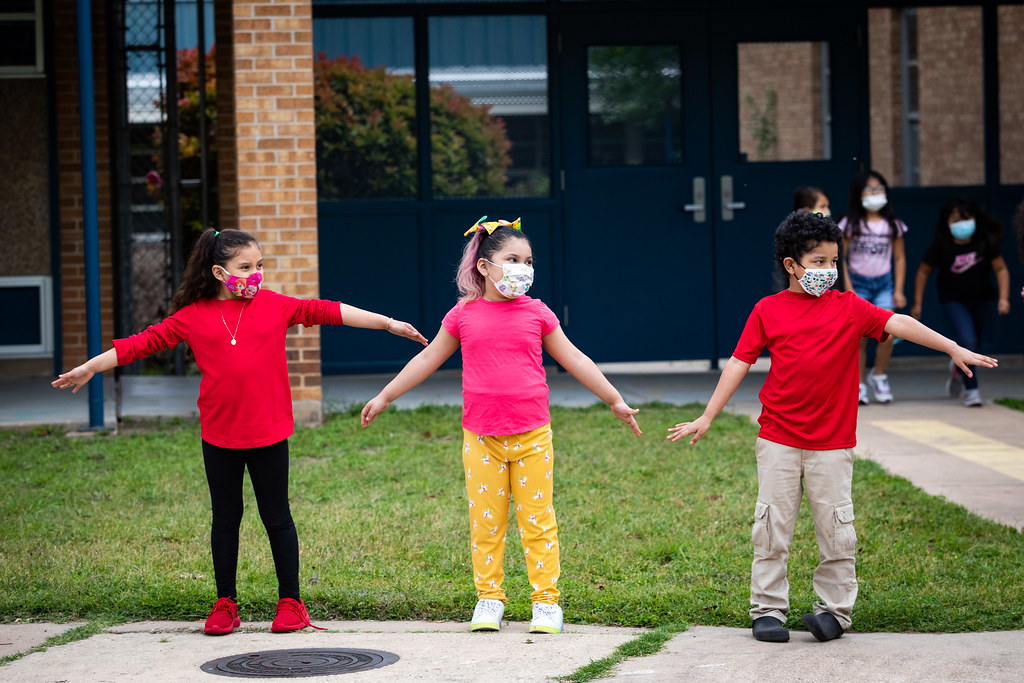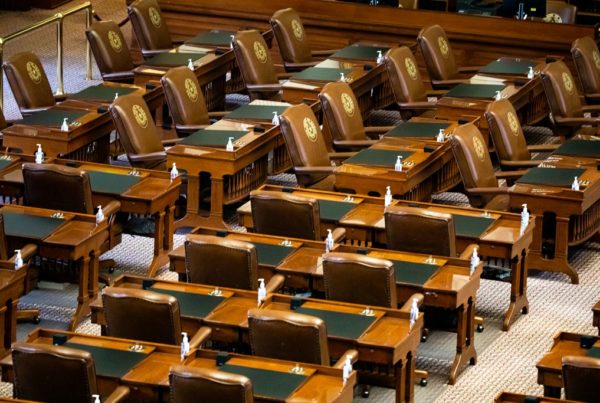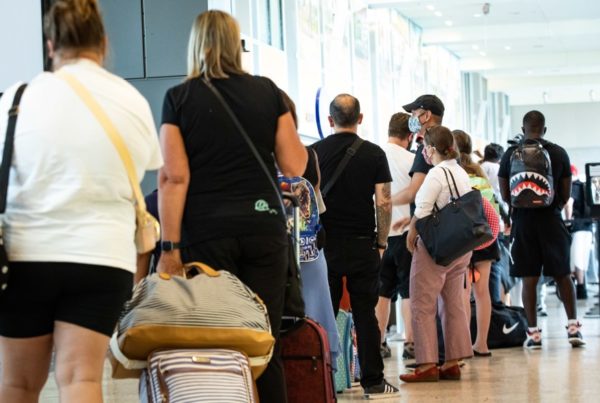Texas Children’s Hospital pathologist-in-chief and interim pediatrician-in-chief, Dr. Jim Versalovic, says he continues to see the rapid spread of COVID-19, and specifically the delta variant, among younger Texans.
“Well over 80% of our new cases since July 1 in children and adolescents have been due to the delta variant. So we know it’s a highly contagious variant. And so we do expect to continue to see this upward trend in the number of cases during the coming days and weeks,” Versalovic said.
He says that 80% holds true not just for kids in the Houston area but for children and adults across the region, and the country. But what is different in the southern part of the United States right now is the current spread of respiratory syncytial virus, or RSV.
“I think what’s different about this chapter of the pandemic is that we have the delta variant, highly contagious variant of COVID, coupled with a still wholly unvaccinated population under 12. And, at the same time, we have a surge of RSV during the summer months, which is highly atypical, at the same time that we’re beginning the school year,” Versalovic said.
He says it’s unclear why Texas and other neighboring states are seeing a surge of RSV right now. RSV usually is more common in the late fall and winter. But Versalovic thinks the current spread likely has to do with more summer gatherings and relaxed masking.
“An important point is that RSV primarily impacts younger children, and specifically when it comes to severe disease due to RSV that may require hospitalization. So we do know this could impact children of preschool age, for example,” Versalovic said.
He says co-infection of RSV and COVID is also possible and could present as a more severe illness.
“We know that children may require critical care and even ventilator support if they’re severely ill. And so we need to continue to emphasize that both RSV and COVID may result in hospitalization for children, and even critical care,” Versalovic said.
He says typical symptoms of RSV include congestion, fever and other indications of a respiratory-tract infection, and a prompt diagnosis is important.
“[Parents or guardians] should consult with their pediatrician and get prompt testing and evaluation,” Versalovic said. “It’s only through testing that we can make an accurate diagnosis and then try to treat and manage your child accordingly.”
Vaccines For Kids Are Coming
There is not a vaccine for RSV. But Texas Children’s is involved in both studies of COVID-19 vaccines from Pfizer and Moderna. Versalovic says the COVID vaccine for kids as young as age 5 could be available as soon as October. For children under 5, Versalovic says availability could come in “late 2021 or early 2022.”
“It’s important to emphasize that these trials are on track,” Versalovic said. “The FDA [U.S. Food and Drug Administration] recently asked the centers, including Texas Children’s, to expand enrollment just to make sure that we have plenty of children enrolled in the trial to make sure that we can reassure the public about the safety and effectiveness of these vaccines. So we consider that a very positive measure. It does extend the trial by perhaps a few weeks, but these trials are moving rapidly along and we’re committed to getting vaccines to children under 12 sometime in the fall, during the first half of the school year.”
Safety Recommendations For Return-To-School
For those going back to in-person learning, Versalovic says the safety messages have not changed, and have intensified as the virus spread has picked up in recent weeks. Above all, he says, making school a safer environment means vaccinating all people who are eligible. And he says the lessons we’ve learned in 2020 about reducing spread by social distancing, masking, and sanitizing still hold true.
“We also know that we can all do our part to look at the environment at the schools to make sure that the schools have adequate hand sanitizers, for example, to make sure that parents encourage their children to carry small hand sanitizers in their backpacks, to eat outdoors, if possible, or to work with schools to make sure that when a child needs to eat and pull a mask off, that they can sit comfortably, perhaps in a less crowded indoor environment, whenever possible.”















